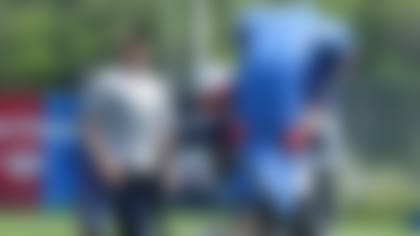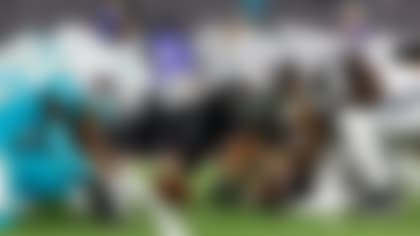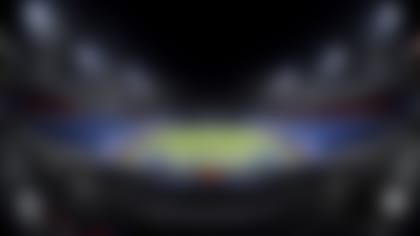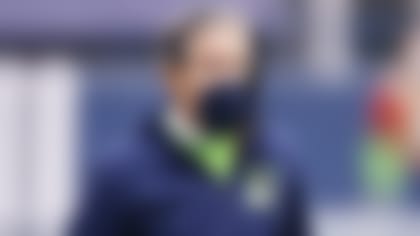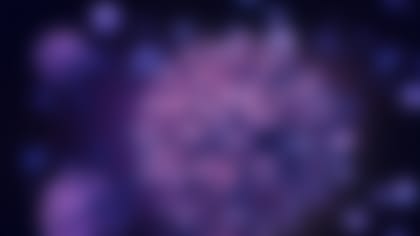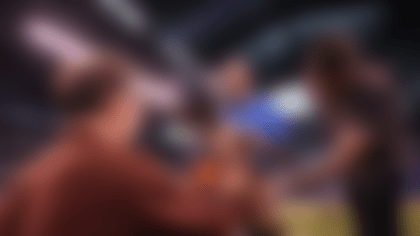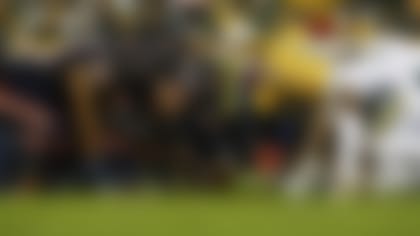SUMMARY
The NFL Head, Neck and Spine Committee—a board of independent and NFL-affiliated physicians and scientists, including advisors for the NFL Players Association—developed the NFL Game Day Concussion Diagnosis and Management Protocol in 2011.
The Concussion Protocol is reviewed each year to ensure players are receiving care that reflects the most up-to-date medical consensus on the identification, diagnosis, and treatment of concussions.
Every NFL player diagnosed with a concussion must follow a five-phase process before being cleared to fully practice or participate in an NFL game. This process, developed from internationally accepted guidelines, ensures that each player receives consistent treatment.
Click here for the full NFL Head, Neck and Spine Committee's Concussion Diagnosis and Management Protocol and the corresponding "Concussion Checklist."
Amended July 2020
National Football League Head, Neck and Spine Committee's Protocols Regarding Return to Participation Following Concussion
Return-to-Participation Protocol
Introduction
Each player and each concussion is unique. Therefore, there is no set timeframe for return to participation or for the progression through the steps of the graduated exertion program set forth below. Recovery time will vary from player to player. The decision to return a player (hereinafter referred to as the "player-patient"), to participation remains within the professional judgment of the Head Club Physician or Club physician designated for concussion evaluation and treatment, performed in accordance with these Protocols.
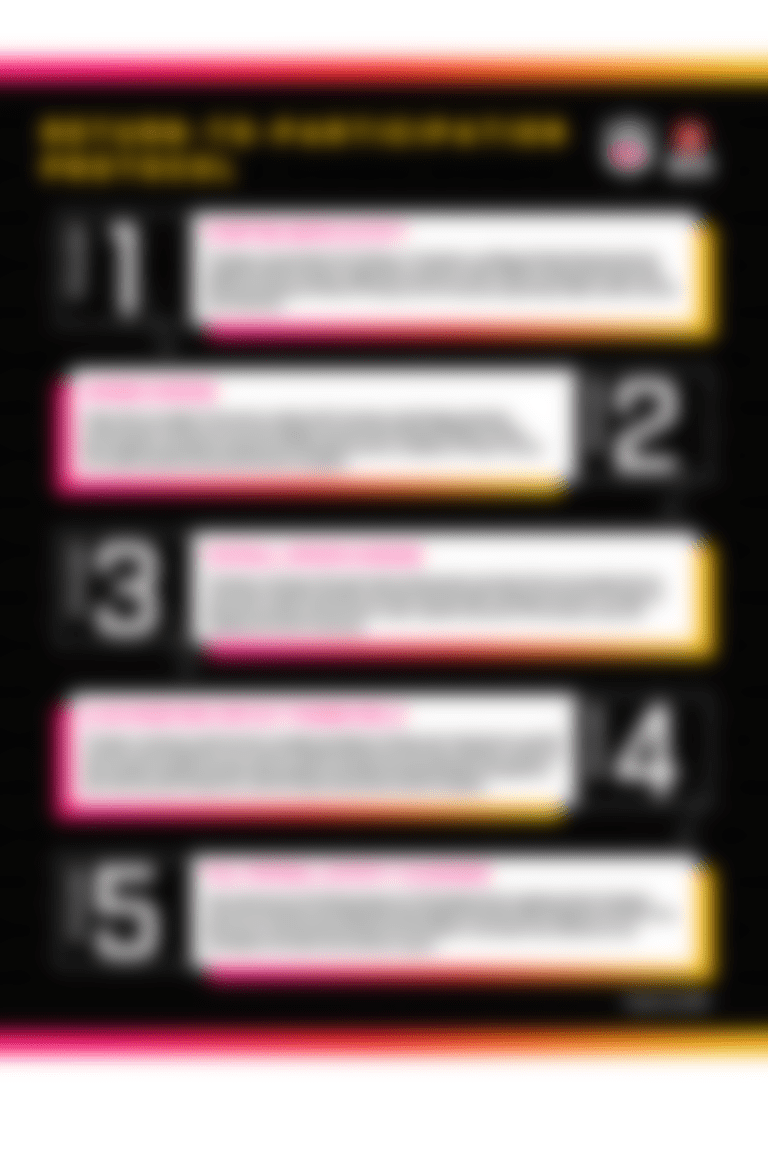
All return to full participation decisions are to be confirmed by the Independent Neurological Consultant (INC). The INC is an impartial and independent neurotrauma physician, and must be board certified or board eligible in neurology, neurological surgery, emergency medicine, physical medicine and rehabilitation, or any primary care CAQ sports medicine certified physician and has documented competence and experience in the treatment of acute head injuries). Each Club must designate at least one INC at the start of the League Year, which must be approved by the NFL Chief Medical Officer and NFLPA Medical Director. For the avoidance of doubt, a UNC may also serve as an INC. Neither a UNC nor an INC may have any affiliation with an NFL team. The role of the INC is described below (see Section IV).
The INC should be informed when a concussion occurs and, if (s)he was not serving as the UNC who observed the initial diagnosis on the field, should examine the player as soon as possible following diagnosis and should be updated throughout the process to facilitate the clearance process at the final Phase of the Return to Participation (RTP) protocol. The Club physician may consult with the INC as often as desired during the concussion recovery period. The INC will be consulted specifically to answer the question of the player-patient's neurological health and his full return to competitive participation (see Phase 5 below). The final clearance for return to play is a decision made by the Club's medical staff and must be confirmed by the INC.
After a player-patient has been diagnosed with a concussion, he must be monitored daily, or more frequently if clinically indicated in the opinion of the Club physician, through the Return-to-Participation Protocol (described below). Team medical staff should consider the player-patient's current concussive injury, including an in-depth consideration of past exposures, medical history, family history, and future risk in managing the player-patient's care.
After having been diagnosed with a concussion, the player-patient must progress through the following protocol to return to participation. A player-patient may proceed to the next Phase in the protocol only after he has demonstrated tolerance of all activities in his current Phase without recurrence of signs or symptoms of concussion being observed or reported. Should the activities of any Phase trigger recurrence of signs or symptoms of concussion, those activities should be discontinued and the player-patient returned to the prior Phase in the protocol. The player-patient must remain at his pre-concussion baseline level of signs and symptoms during the exertion itself, as well as for a reasonable period of time afterward. What constitutes a reasonable amount of time shall be determined on a case-by-case basis by the Club physician. Depending on the severity of the concussion and the time required for return to baseline, the progression through the steps may be accelerated. Communication between the Club medical staff and the player-patient is essential to determining the progression through the Phases of the protocol.
Neurocognitive testing is administered to assess the player-patient's level of cognitive function and identify any acute / subacute deficits that would affect his ability to resume normal activities. Neurocognitive testing can be introduced any time after completing Phase Two (see below) and prior to the initiation of contact activities. Otherwise, the specific timing of neurocognitive testing is up to the Club physician with consultation from the Club's NPC. The post-injury neurocognitive testing must include a focused, face-to-face clinical interview and the designated NFL paper and pencil test battery (Attachment B), and if done at baseline, the computerized neurocognitive test. All neurocognitive tests are to be interpreted by the Club's NPC, with the results communicated to the team physician.
The Return-To-Participation Protocol:
Phase One: Symptom Limited Activity
The player-patient is prescribed rest, limiting or, if necessary, avoiding activities (both physical and cognitive) which increase or aggravate symptoms. During this Phase, the player-patient may engage in activities of daily living as well as limited stretching and balance activities as tolerated at the discretion of the Club medical staff. Phase 1 may include LIGHT aerobic activity. Should additional medical issues present, the Club physician should consider external consultation or additional diagnostic examinations.
If the player-patient does not experience an increase in his symptoms and does not develop signs of concussion on neurological examination, he may be cleared to proceed to the next Phase.
Phase Two: Aerobic Exercise
Phase Two involves the initiation of a graduated exercise program. Under the direct oversight of the Club's medical staff, the player-patient should begin graduated cardiovascular exercise (e.g., stationary bicycle, treadmill) and may also engage in dynamic stretching and balance training. The duration and intensity of all activity may be gradually increased so long as the player-patient does not increase or aggravate signs or symptoms while performing the activity and for a reasonable period thereafter. If there is any increase or aggravation of signs or symptoms, the activity should be discontinued. He may, however, attend regular team meetings and engage in film study.
Once the player-patient has demonstrated his ability to engage in cardiovascular exercise without an increase or aggravation of signs or symptoms, he may proceed to the next Phase.
Phase Three: Football Specific Exercise
The player-patient continues with supervised cardiovascular exercises that are increased and begin to mimic sport specific activities, as well as supervised strength training. The player-patient is allowed to practice with the team in sport specific exercise for 30 minutes or less, with ongoing and careful symptom monitoring by the medical staff. If neurocognitive testing was not administered after Phase Two, it should be administered during Phase Three. If a player-patient's initial neurocognitive testing is not interpreted as back to baseline by the NPC, the tests will be repeated at a time interval agreed upon by the Club physician and NPC (typically 48 hours). The player-patient should not proceed to contact activities until their neurocognitive testing is interpreted as back to their baseline level by the NPC or, if a decrement is still present, until the Club physician has determined a non-concussion related cause. The determination of when to proceed with contact activities is ultimately made by the Club physician.
Once the player-patient has demonstrated his ability to engage in cardiovascular exercise and supervised strength training without an increase or aggravation of signs or symptoms, he may proceed to the next Phase.
Phase Four: Club-Based Non-Contact Training Drills
The player-patient may continue cardiovascular conditioning, strength and balance training, team-based sport-specific exercise, and participate in non-contact football activities such as throwing, catching, running and other position-specific activities, progressing to participation in non-contact team practice activities. To be clear, all activities at this Phase remain non-contact (i.e., no contact with other players or objects, such as tackling dummies or sleds).
If the player-patient is able to tolerate all football specific activity without a recurrence of signs or symptoms of concussion and his neurocognitive testing has returned to baseline, he may be moved to the next Phase in the sequence. For clarity; all signs, symptoms, and neurological examination (including neurocognitive testing and balance testing) must return to baseline status before returning to full football activity/clearance. Exceptions to the neurocognitive component may be considered by the Club physician responsible for the diagnosis and treatment of concussion (in consultation with the NPC) on a case-by-case basis in player-patients with documented ADHD or learning disabilities.
Phase Five: Full Football Activity/Clearance
After the player-patient has established his ability to participate in non-contact football activity 620 including team meetings, conditioning and non-contact practice without recurrence of signs and symptoms and his neurocognitive testing is back to baseline, the Club physician may clear him for full football activity involving contact in practice. If the player-patient tolerates full participation practice and contact without signs or symptoms and the Club physician concludes that the player-patient's concussion has resolved, s/he may clear the player-patient to return to participation. For the avoidance of doubt, if a player-patient cannot participate in practice or full contact with other players due to the time of year and/or rules imposed by the Collective Bargaining Agreement, simulated contact activity will suffice to satisfy this Phase. Upon clearance by the Club physician, the player-patient must be examined by the INC assigned to his Club. The INC must be provided a copy of all relevant reports and tests, including the sideline and booth UNC reports, the Booth ATC Spotter report and team injury reports, and have access to video of the injury, where applicable, and the player-patient's neurocognitive test results and interpretations. If the INC confirms the Club physician's conclusion that the player-patient's concussion has resolved, the player-patient is considered cleared and may participate in his Club's next game or practice.
Table 1. An Example of a Graduated Exertion Protocol* #
| Phases | Activity | Objective |
|---|---|---|
| 1. Symptom Limited Activity | Routine daily activities as tolerated, with the introduction of light aerobic activity (e.g., 10 minutes on a stationary bike or treadmill with light to resistance supervised by the team’s athletic trainer. | Recovery and light cardiovascular challenge to determine if concussion signs or symptoms are provoked |
| 2. Aerobic Exercise | ≥20 minutes on a stationary bike or treadmill with moderate to strenuous resistance supervised by the team’s athletic trainer. Duration and intensity of the aerobic exercise can be gradually increased over time if no aggravation of symptoms or signs return during or after the exercise. | Strenuous cardiovascular challenge to determine if there are any recurrent concussion signs or symptoms. |
| 3. Football Specific Exercise | With continued supervision by the athletic trainer, introduction of non-contact sport specific conditioning drills (e.g., changing direction drills, cone drills). Introduction of strength training supervised by the athletic trainer. | Add strength training and more complex movements to determine if there are any aggravation of concussion signs or symptoms. |
| 4. Club-Based Non-Contact Training Drills | Participation in all non-contact activities for the typical duration of a full practice. | Increasing football specific demands to determine if there is any aggravation concussion signs or symptoms. Add the cognitive engaging in football drills. |
| 5. Full Football Activity / Clearance | Full participation in practice and contact without restriction. | Tolerance of all football activities without any recurrent concussion signs or symptoms. |
*This Table serves as a guideline. Specifics will depend on each player's situation. There is no set timeline for return to play or progression through the protocol.
# Adapted from McCrory et al., 2017

